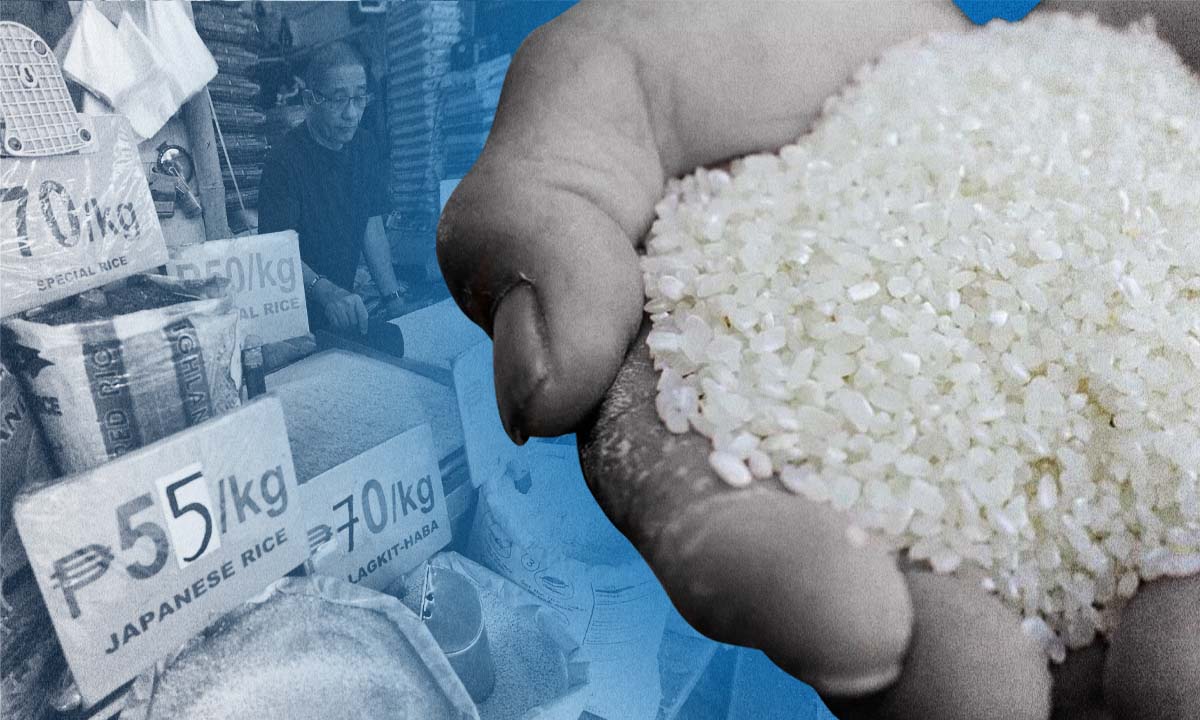As rice crisis looms, ‘kamote’, other alternatives pushed
MANILA, Philippines—Back in the first month of 2023, the Foreign Agricultural Service of the United States Department of Agriculture already stressed that there will be an expected shortage in rice this year, especially because of higher production cost.
So what should be done?
As explained by the Federation of Free Farmers (FFF), there was an immense drop in palay production in 2022 since farmers were discouraged from tilling their lands because of the spike in key farm inputs.
It said based on data from the Philippine Statistics Authority (PSA) and Bureau of Customs, palay output decreased to 16.4 million metric tons last year, which is 3.57 million metric tons or almost 18 percent lower than in 2021.
The government also stressed the need to prepare for the worst-case scenario, stating that rice supply could be affected by the expected El Niño phenomenon, which will likely develop starting July this year.
READ: Higher production costs, low gov’t buying price add to rice crisis specter
Despite these, however, President Ferdinand Marcos Jr. said there would be no rice shortage, stating that rice supply is in “good shape” and that the government will look into ways to control the price of the grain.
READ: Bongbong Marcos says no rice crisis expected but gov’t still open to import
But while the certainty of a rice crisis still hangs, Teodoro Mendoza, a retired University of the Philippines Los Baños crop science professor, said “it is high time for us to look into our consumption.”
‘Consumption should be adaptive’
Mendoza told INQUIRER.net that rice consumption in the Philippines clearly increased as more people shifted to the grain: “Consumption should be lessened by considering other energy sources.”
He shared that before, a person only consumes 90 kilos of rice a year, but as years passed, based on data from the Philippine Rice Research Institute (PhilRice), consumption increased to 107.77 kilos in 1999 to 2000 and 119.08 kilos in 2008 to 2009.
Mendoza said the impending crisis is “a result of people eating rice as usual,” stressing that South Korea is “now rice surplus because they eat less rice to address type 2 diabetes.”
He also compared the Philippines to Thailand, where there are 70 million people and 10 million hectares of farmland. He stressed that in the Philippines, there are 113 million people but there are only 2.7 million hectares.
“This is one of the reasons why our rice deficit grew and grew,” Mendoza said, stating that, “even if we eat only a half of dehulled or brown rice, we [can] become rice self-sufficient.”
RELATED STORY: 2022 rice supply stable, but 2023 problems seen
The Department of Agriculture (DA) had said the government is eyeing 100 percent rice self-sufficiency by 2027 through its Masagana Rice Program, which is expected to stabilize rice supply from 24.99 million metric tons to 26.86 million metric tons.
As explained by PhilRice, factors affecting rice consumption of every Filipino are real and arithmetical in nature: “Real factors include the shift in consumers’ preference from other staples to rice and the increase in the number of poor families.”
RELATED STORY: Return of NFA rice for the poor eyed, but seen as tariffication failure
Based on data from PhilRice, the share of each commodity to total consumption changed significantly in 2008 to 2009 from the levels in 1999 to 2000.
‘Develop more energy sources’
As stressed by Mendoza, “to me, this rice shortage will lead to the development of corn, kamote, cassava, taro, and saging na saba as food, and they are a better source [of energy].”
“They need less water and are much easier to grow. They are high in fiber, possess complex carbohydrates [that are] not precursor of type 2 diabetes. [They are] better for our health, environment, and for our food security,” he said.
As stressed in the medical website HealthLine, “there are risks to having too much rice in your diet.”
A study in the British Medical Journal found that people who eat high amounts of white rice may have an increased risk of developing type 2 diabetes: “This means that if you have prediabetes, you should be especially conscientious about your rice intake.”
READ: Neda: Boost rice buffer before start of El Niño
Last year, Iloilo Rep. Janet Garin asked the DA to promote kamote or sweet potato as an alternative to rice, by increasing production and making necessary investment in root crops when it comes to agricultural research, food technology, or marketing.
“The nutritious content of rice cannot compare to that of kamote since rice transforms into sugar in the body, making one susceptible to diabetes, while kamote is high in fiber and is one of the best foods that one can eat to prevent cancer,” Garin said.


